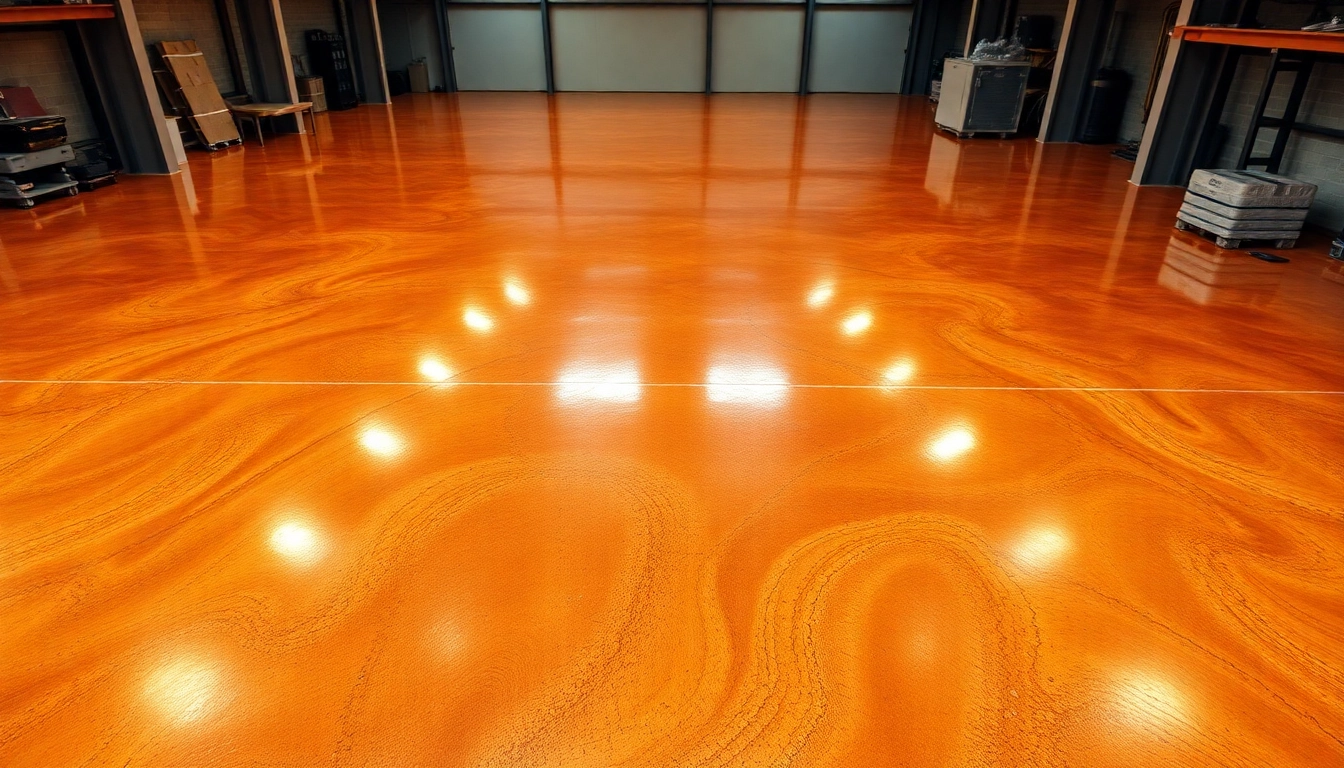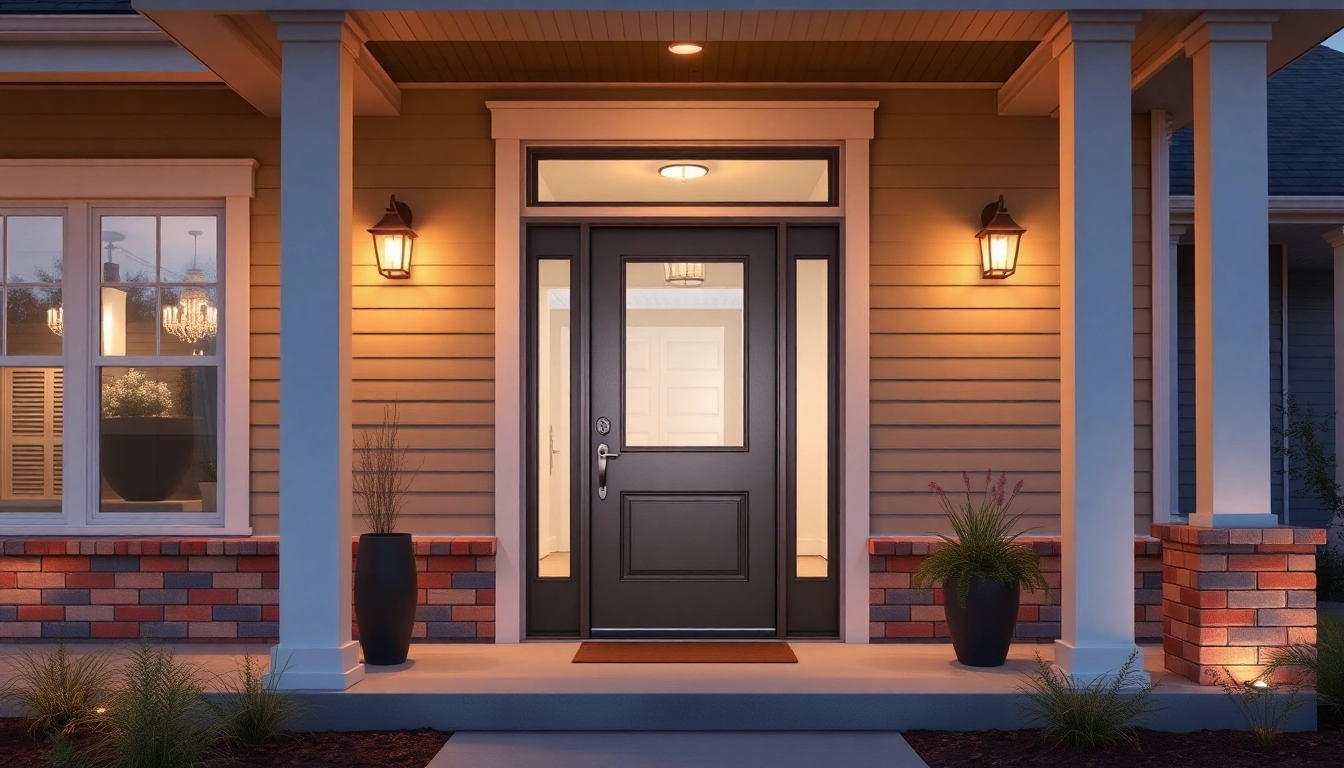Understanding Epoxy Resin Floors: Types and Benefits
Epoxy resin floors have become increasingly popular across residential, commercial, and industrial settings due to their exceptional durability, aesthetic versatility, and ease of maintenance. Whether you’re considering upgrading a garage, transforming a retail space, or installing a robust industrial surface, understanding the various types of epoxy flooring and their benefits is essential for making an informed decision. At its core, an epoxy resin floor provides a seamless, hardwearing surface that resists chemicals, abrasion, and impact, making it ideal for high-traffic environments. This comprehensive guide will explore the different systems available, their advantages, and key considerations to ensure your investment yields long-lasting, attractive results.
Different Types of Epoxy Flooring Systems
Epoxy flooring isn’t a one-size-fits-all solution; it encompasses several formulations designed for specific applications and performance needs:
- Self-Leveling Epoxy: Known for its smooth, glossy finish, this type is ideal for creating uniform surfaces in commercial spaces, laboratories, and garages. It flows easily and levels out during application, resulting in a seamless, high-gloss surface.
- Anti-Slip Epoxy: Enhanced with added aggregates or textured finishes, this system provides increased traction, making it suitable for environments prone to moisture or increased safety requirements like kitchens or industrial floors.
- Quartz-Filled Epoxy: Incorporating quartz granules, this system offers a textured, slip-resistant surface with a distinctive appearance, perfect for aesthetic applications that demand durability.
- Metallic Epoxy: Known for its mesmerizing, fluid-like visuals, metallic epoxy creates striking, one-of-a-kind surfaces that work well in decorative and commercial projects seeking premium aesthetics.
- High-Performance Industrial Epoxy: Engineered for intense use, these formulations are thick, impact-resistant, and chemical-proof, making them suitable for factories, warehouses, and healthcare facilities.
Advantages of Epoxy Resin Floors in Various Settings
Implementing epoxy resin flooring offers numerous benefits tailored to diverse environments:
- Durability: Epoxy floors withstand heavy foot traffic, machinery, and chemical spills, significantly extending surface longevity.
- Chemical Resistance: They resist a wide array of acids, alkalis, oils, and solvents, crucial for industrial and commercial applications where spills are common.
- Ease of Maintenance: Their seamless surface prevents dirt accumulation and simplifies cleaning processes, reducing downtime and costs.
- Aesthetics: With customizable colors, patterns, and effects, epoxy floors can be tailored to fit branding, style preferences, or to create unique visual impressions.
- Safety Features: Options for anti-slip textures and high visibility markings improve safety standards in workplaces.
- Cost-Effectiveness: Considering their longevity and low maintenance, epoxy floors often deliver superior value compared to alternatives like tiles or polished concrete.
For example, warehouses utilizing epoxy floors report a reduction in maintenance costs by up to 30% due to increased resistance to wear and spills, demonstrably improving overall operational efficiency.
Key Factors Influencing Epoxy Floor Durability
Choosing the right epoxy system is only part of ensuring a durable surface. Several factors influence longevity and performance:
- Surface Preparation: Proper cleaning, crack repairing, and for concrete substrates, profiling are essential to achieve optimal adhesion and prevent delamination.
- Application Environment: Temperature, humidity, and exposure to UV rays impact curing and durability. For outdoor or sun-exposed areas, UV-stable formulations are recommended.
- Material Quality: High-quality resins and hardeners, such as 100% solids epoxy kits, provide superior bonding and chemical resistance, justifying higher upfront investment.
- Application Technique: Skilled application, including proper mixing ratios, even coating layers, and adequate curing times, ensures optimal results.
- Use and Maintenance: Regular cleaning with non-abrasive materials and timely repairs for scratches and chips prolong the surface’s lifespan.
For instance, installing epoxy floors without proper surface preparation can reduce lifespan by 50%, underscoring the importance of professional installation or thorough DIY knowledge.
Design and Aesthetics: Customizing Your Epoxy Resin Floor
Color Options, Effects, and Finishes
Modern epoxy technology allows for a vast array of customization, enabling you to achieve your desired aesthetic with options such as:
- Solid Colors: Classic, uniform finishes in shades tailored to your branding or decor.
- Quartz or Flake Systems: Multicolored aggregates embedded into the epoxy create textured, decorative surfaces that also enhance safety.
- Metallic Effects: Swirling, iridescent finishes mimic natural materials like marble or water, adding a luxurious touch to commercial lobbies and home interiors.
- Glossy or Matte Finishes: Tailor the sheen level for aesthetic preference and functional needs, such as glare reduction or reflective brightness.
Creating Custom Patterns and Textures
Epoxy surfaces are highly adaptable for artistic expression and functional design:
- Marble and Stone Looks: Achieved with metallic pigments and strategic coloring, mimicking luxury stones.
- Gradients and Ombre Effects: Seamlessly blending colors for eye-catching floors.
- Embedded Logos or Graphics: Achieved through stenciling and overlays for branding or decorative motifs.
- Textured Surfaces: Incorporating aggregates or creating patterns with silicon molds for anti-slip or aesthetic purposes.
For example, boutique retail spaces often use customized epoxy flooring to reinforce branding while creating an inviting atmosphere.
Installation & Maintenance: Achieving Long-Lasting Results
Preparation Steps and Application Tips
Successful epoxy flooring hinges on meticulous preparation and application:
- Substrate Inspection: Ensure concrete or existing floors are free of dust, grease, or loose material.
- Surface Profiling: Roughening the surface with grinding or shot-blasting enhances bonding.
- Crack and Repair: Filling and sealing cracks prevents future damage.
- Priming: Applying a suitable primer improves adhesion and fills porous surfaces.
- Application Technique: Use high-quality rollers or squeegees, maintain proper thickness, and follow manufacturer curing times.
For optimal curing, temperature control and climate management during application are critical, avoiding issues like bubbles or uneven curing.
Common Challenges and Solutions During Installation
Epoxy flooring projects may encounter obstacles such as:
- Bubbles or Blisters: Caused by moisture or improper mixing; mitigate by ensuring dry conditions and thorough mixing.
- Cracking or Delamination: Resulting from poor preparation or incompatible substrates; addressed by proper surface prep and suitable epoxy formulations.
- Yellowing or UV Damage: Use UV-stable epoxies for outdoor or sunny areas to prevent discoloration.
Professional consultation or adherence to manufacturer guidelines can significantly reduce these risks.
Cleaning and Upkeep for Crystal-Clear Finish
Maintaining your epoxy floor involves straightforward practices:
- Regular Sweeping: Removes dirt and debris that could cause abrasion.
- Gentle Cleaning: Use non-abrasive cleaners and soft mops; avoid harsh chemicals unless specified.
- Immediate Spill Management: Clean chemical or oil spills promptly to prevent staining or damage.
- Periodic Inspection: Check for chips or cracks, and repair promptly to maintain integrity and appearance.
Proper care ensures the luster and structural integrity of the epoxy surface for years to come, making it an investment that continually pays off.
Cost and Project Planning for Epoxy Resin Floors
Budgeting for Quality Materials and Professional Service
Costs vary depending on the epoxy type, surface area, complexity, and whether you opt for DIY installation or professional contractors. High-quality epoxy systems, like Rockhard USA Epoxy Kit, are priced around $185 for 3 gallons, offering excellent chemical resistance and bonding. Budgeting should include surface prep, materials, labor, and potential repairs, with a contingency fund for unexpected issues.
Timeline Expectations and Process Stages
Most epoxy flooring projects follow a structured timeline:
- Preparation: 1-2 days, including cleaning and surface profiling.
- Priming and Base Coats: 1 day, with curing time in between.
- Topcoats and Finish: 1-2 days, depending on number of coats and effects.
- Final Cure and Use: Typically 3-7 days, avoiding heavy traffic.
Planning around these stages ensures minimal disruption and optimal results.
Assessing Return on Investment and Longevity
Though initially more costly than traditional flooring, epoxy surfaces’ durability and low maintenance translate into long-term savings. Industrial users often report a lifespan of 10-20 years with proper care, which reduces replacement costs and downtime. Additionally, aesthetic enhancements can increase property value and create a more professional appearance, reinforcing brand image and customer perception.
Innovations and Future Trends in Epoxy Flooring
Eco-Friendly and Sustainable Epoxy Options
Recent developments focus on reducing environmental impact, with formulations featuring low or zero VOCs, plant-based resins, and recyclability. Senso Floors, for instance, offers plant-based epoxy options that align with sustainability goals without compromising durability.
Advances in UV Stability and Chemical Resistance
New epoxy systems incorporate UV inhibitors and advanced chemical resistance, extending service life outdoors and in chemically exposed environments. These innovations reduce discoloration, yellowing, and degradation over time, making epoxy suitable for more demanding applications.
Integrating Smart Technologies with Resin Floors
The future of epoxy flooring involves smart innovations such as embedded sensor systems for monitoring structural health, lighting integrations, or conductive layers for electrical applications. These technological advances enhance functionality, safety, and convenience.



